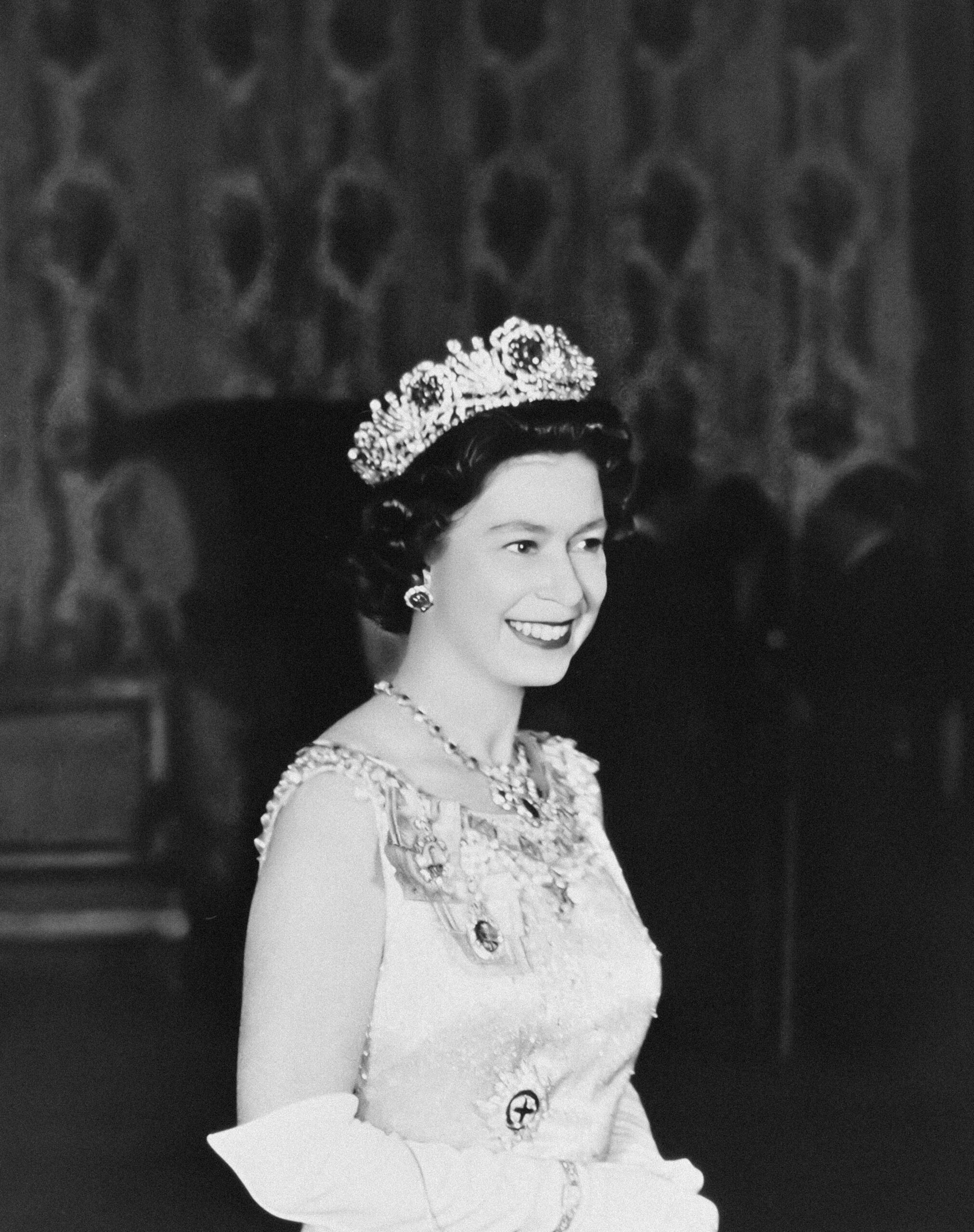In our business and across the executive search industry, consultants place high-performing candidates into important roles where they must excel. A prime example of leadership that inspires excellence comes from Queen Elizabeth II’s leadership style, as discussed with Rose Harper.
We often place senior-level roles such as executive and director levels, and all these people must share one key quality. To have great leadership ability. Whether they have a transformational or transactional leadership style, it must be suitable to lead the people of the organisations they are about to join.
In recent years, the industry has seen a surge in female leaders taking on CEO and Director roles, boosting diversity and inclusion in a once male-dominated workplace.
Due to the recent passing of the late Queen Elizabeth II, I wanted to reflect on her inspirational leadership qualities. Not only was she perhaps the most popular and admired female leader of the 21st century but she is also renowned for her servant leadership style, which she successfully used to rule the Commonwealth for over 70 years.

1. Hard work & Commitment to Sovereign Duty
Servant leadership is commonly defined as “A servant leader shares power, puts the needs of the employees first, and helps people develop and perform as highly as possible.” The late Queen was an incredible example of this type of leadership through her diligent hard work and aim to lead by example. She saw her work in the monarchy as an act of service to her people. From working as a mechanic in WW2, becoming Queen at 25 (pledging to devote her life to the service of her people) and still carrying out her sovereign duties up until 2 days before her death.
2. Curiosity & Humour
Although people expected the Queen to always remain poised, she became well known for her dry wit and sense of humour. She often put anxious strangers at ease and remained curious about the lives and occupations of people she met. She often showed keen interest when meeting people from all walks of life, from celebrities to coal miners. Regardless of her status, Queen Elizabeth believed in the motto “respect and be respected” and saw herself as an equal to her people.
3. Feminine Leadership
Meghan Markle recently described Her Majesty as a “shining example of feminine leadership”. Perhaps the most significant of all of Queen Elizabeth’s qualities was her feminine leadership style and the way she embraced change.
As a young Queen, Elizabeth faced a government dominated by men, yet she earned their respect. Over her reign, she modernised both the monarchy and a male-dominated world. Even our former UK Prime Minister Tony Blair once remarked he would “share highly problematic issues with her during his weekly Prime Ministerial sittings because she offered a helpful sounding board.”
She modernised the traditional monarchy by displaying feminine leadership qualities—such as love, dignity, and respect—throughout her 70-year reign. These qualities set her apart from her predecessors, even though many people did not admire them at the start of her reign.
King Charles III described his mother as “never pretending to be someone she wasn’t. It could have been so easy for her to rule like a King – dominating conversations, exerting her power, or making her physical presence felt.”
As a young woman myself, I believe that Queen Elizabeth is a true example of successful female leadership and that she leaves behind a legacy to all women that we must embrace diversity & inclusion in the workplace. She has inspired me to embrace change in the workplace and I’m sure many other young women for generations to come.
For more information please contact @roseharper



